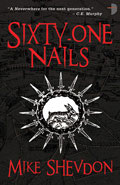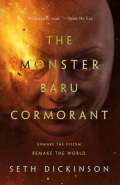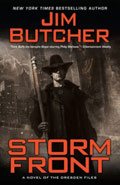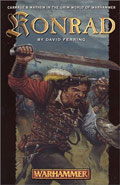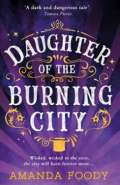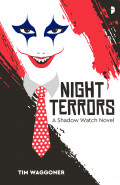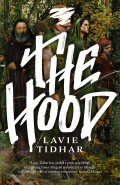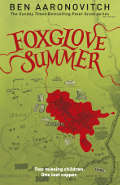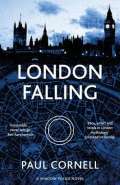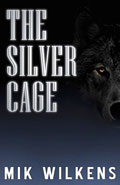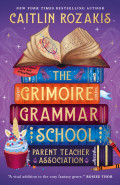Wick
By Matt Doyle
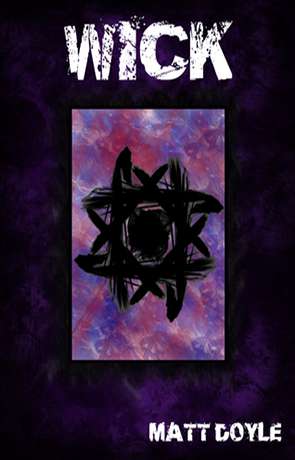
- Wick
-
Author: Matt Doyle
-
Publisher: Self Published
- ISBN: B011SG7TYO
- Published: August 2015
- Pages: 239
- Format reviewed: E Book
- Review date: 30/10/2015
- Language: English
- Age Range: N/A
A futuristic science fantasy based on a nineties card game tournament with the monsters, manoeuvres and spells depicted in a huge seemingly holographic light show, Wick is certainly a vivid visual feast when it comes to the battles.
The book is structured in a multitude of first person narratives, depicting the experiences of the contestants in the tournament. First person perspective and present tense always establishes a closer relationship between character and reader. However in Wick, this multiplicity of perspectives is problematic at first when read cold and in novel form, as it becomes difficult for the reader to distinguish each context and might work better as separate strands written towards the events.
Doyle switches to neutral third person perspective and present tense (omnipresent viewpoint) when describing the interviews with the characters and the battles themselves. The writing in the latter is a wall of descriptive text, accurately written and interspersed with commentator dialogue. This betrays the interest of Doyle, who plays with WWE showmanship into his contest, complete with fixed matches and false narratives. However, the reader is given no quarter with the repetition of the format or the detail of the gameplay and this makes the scenes drag down the rest of the story, when they should be its highlight. The commentary and omni-view weaken the reader’s emotional connection with the characters for the duration of these scenes. However, to a point, this also serves to hide their outcome. Because of the wide focus and array of characters, there are few clues for the reader to guess who will win and afterwards the take up of the first person narratives gradually narrows.
The agendas of the participants gradually become clear in this process and the major characters rise out of the confusion of multiplicity. Some are here to win the tournament, others have different goals. After the first round is completed, these agendas become the priority and the book becomes more interesting. We learn more about the spark form combatants and how they can exist outside of the battle-zone. We discover they aren’t actually holographic, but feel different to real people.
The story concludes as a part one, with a long character background and a cliff-hanger twist.
Wick is certainly an interesting idea. Matt Doyle confesses in the afterword that this wasn’t the book he intended to write and reading it confirms his assertion. The priorities of Doyle’s game and anime ideas and the needs of a story appear to be in conflict. Plot compression is sorely needed and less of an emphasis on minute detail would vastly improve the pace of a number of scenes. The magical card game tournament premise certainly has its appeal, but needs to be thought about in the context of telling a story. What keeps the reader interested is that there is a really good story lying under and in between the dry scenes and painstaking descriptions. Some of the characters, such as Connor Ford and Fahrn are excellently drawn; Ford in particular works really well, despite the fact that he seems to be a supporting character.
As a book, Wick appears to be fighting its author in a far more difficult battle than any depicted in the tournament. Hopefully Matt Doyle will surrender in the sequel and just let the story flow.
Written on 30th October 2015 by Allen Stroud .
